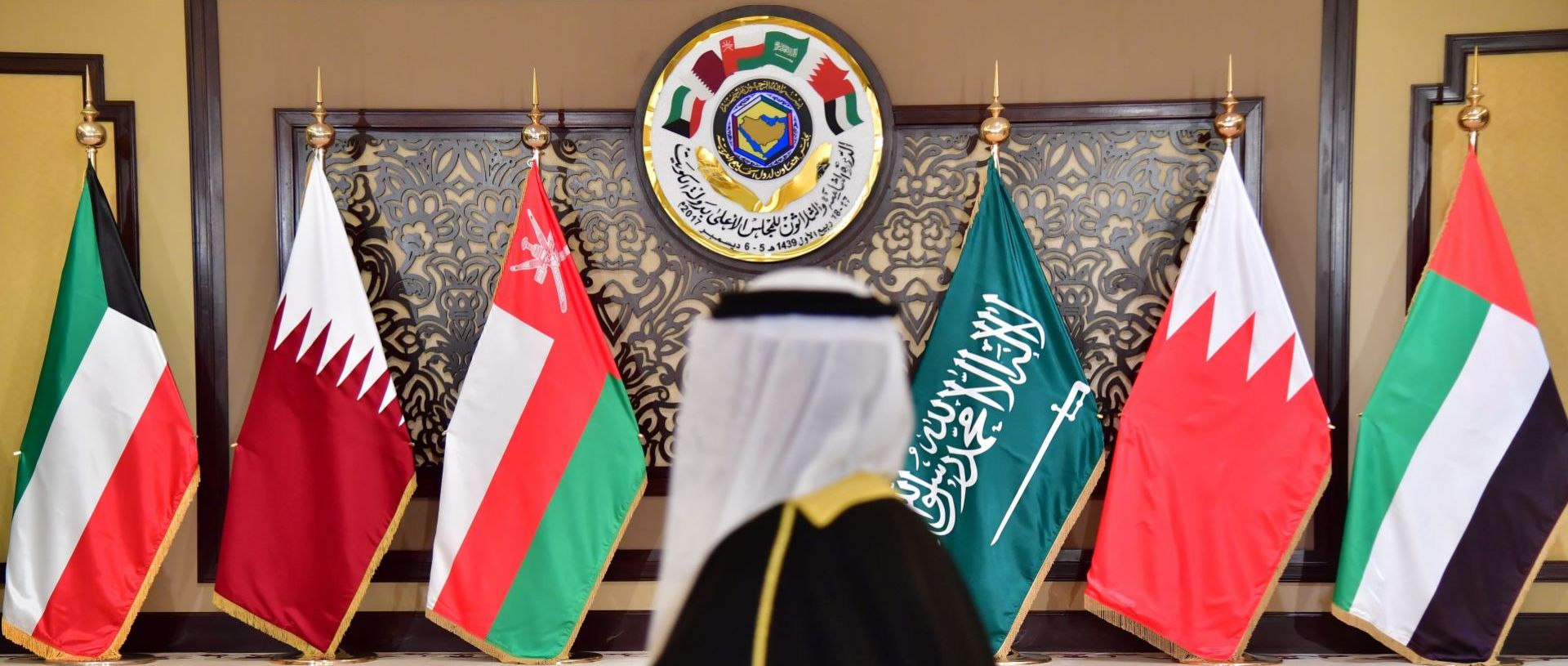Fuel prices in the UAE have increased for the first time in two months, effective February 1, sparking concerns about potential further hikes in the coming months. The rise comes as global oil markets face heightened volatility due to geopolitical tensions, trade disputes, and shifting economic conditions.
The latest adjustment sees Super 98 petrol priced at Dh2.74 per litre, up from Dh2.61 in January. While this remains well below the peak of Dh4.63 per litre recorded in July 2022, the increase has reignited discussions about the sustainability of low fuel prices in the region. Since the UAE deregulated fuel prices in 2015, monthly adjustments have been made to reflect global market trends, but the recent uptick has left motorists questioning what lies ahead.
Analysts warn that additional price increases cannot be ruled out, particularly as geopolitical tensions and supply chain disruptions continue to influence the global oil market. Brent crude prices, a key benchmark, could surpass $80 per barrel if tensions escalate, driven by factors such as US sanctions on Iran and potential supply shortages.
The US administration’s renewed focus on Iran through a “maximum pressure” campaign aims to curb Iranian oil exports, which could remove up to 1.3 million barrels per day from the global market. Similar actions in 2018 led to a sharp rise in oil prices, with Brent crude exceeding $80 per barrel. This historical precedent suggests that further price hikes are possible if geopolitical pressures intensify.
According to a recent Wall Street Journal survey, Brent crude is projected to average $75.33 per barrel in the first quarter of 2025, with slight declines expected in subsequent quarters. However, this forecast remains uncertain, as it hinges on factors such as US trade policies, OPEC+ production decisions, and global economic conditions.
For UAE motorists, the immediate impact of rising fuel prices is clear. While the current increase is modest compared to historical highs, the potential for further volatility means consumers may need to brace for additional fluctuations. Analysts note that while short-term risks could push prices higher, the long-term outlook may stabilize if OPEC+ increases production or if economic slowdowns reduce global demand.
Goldman Sachs and other financial institutions have highlighted the delicate balance between supply and demand in the oil market. While spare production capacity and potential demand destruction from tariffs could temper price rises, the immediate risks of geopolitical tensions and supply disruptions remain significant.
As the UAE continues to adjust fuel prices in line with global trends, motorists are advised to stay informed about both local pricing policies and international market developments. The interplay between these factors will determine how fuel costs evolve in the months ahead, shaping the financial burden on consumers at the pump.
For now, the outlook remains uncertain. While the February price hike reflects the challenges of a volatile global market, the potential for stabilization in the medium to long term offers some hope. However, UAE motorists should prepare for a period of fluctuation as they navigate the evolving landscape of fuel costs.

